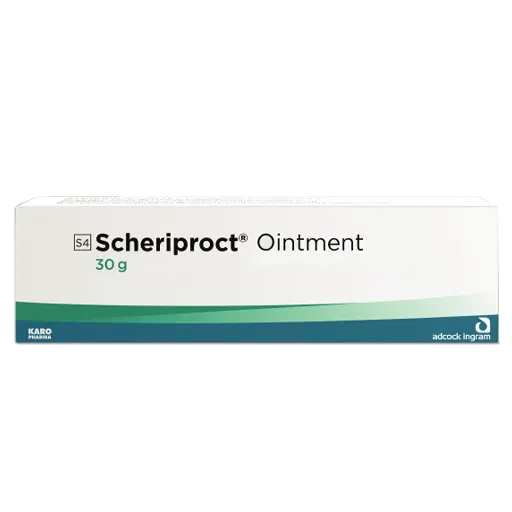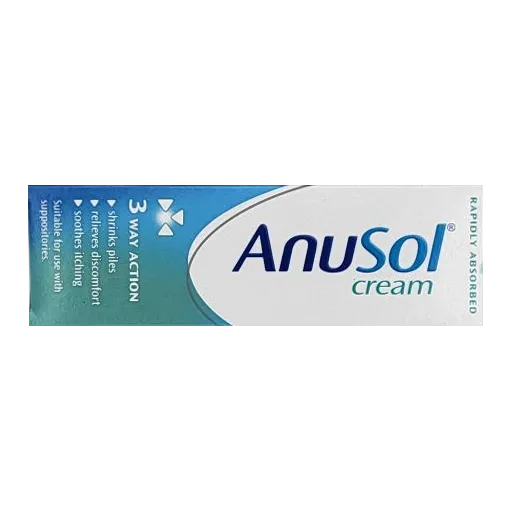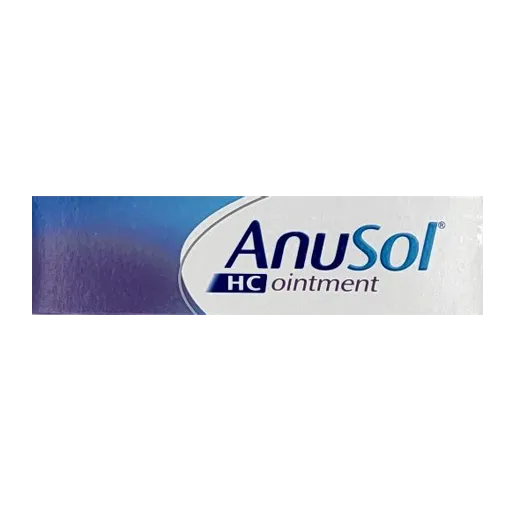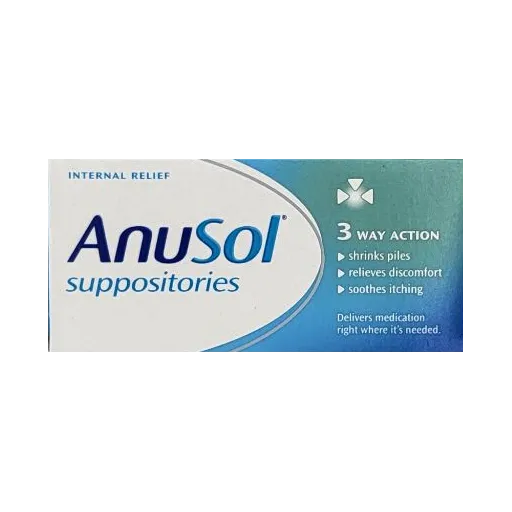Piles (Haemorrhoids)
What are Piles (Hemorrhoids)?
Piles, also known as hemorrhoids, are swollen veins in and around the anus and lower rectum. They can be internal (inside the rectum) or external (under the skin around the anus). Many people experience piles at some point in their life, and although they can be uncomfortable, they are usually not serious.
What Causes Piles?
Piles develop due to increased pressure in the lower rectum, which causes the veins to swell. The most common causes include:
- Straining during bowel movements: This puts pressure on the veins in the anus, leading to swelling.
- Chronic constipation or diarrhea: Both conditions can irritate and inflame the veins, leading to piles.
- Sitting for long periods, especially on the toilet: This can restrict blood flow and cause the veins to swell.
- Pregnancy: During pregnancy, the increased pressure in the abdomen can lead to hemorrhoids.
- Obesity: Excess weight can increase pressure on the veins in the lower rectum.
- Obesity: Thrush doesn’t typically change the acidity of the vagina, but BV raises the pH, making it more alkaline. A vaginal pH test can help distinguish between the two.
Types of Piles: Internal and External
Piles are generally classified into two types: internal piles and external piles, based on their location.
Internal Piles
- Location: Internal piles are located inside the rectum, so you usually can’t see or feel them.
- Symptoms: They are usually painless because there are fewer pain-sensitive nerves inside the rectum. However, they may cause bleeding during bowel movements. You might notice bright red blood on the toilet paper or in the toilet bowl.
- Prolapsed Piles: In some cases, internal piles may enlarge and protrude outside the anus. These are called prolapsed piles, and they can be uncomfortable or painful if they stay outside the body.
External Piles
- Location: External piles form under the skin around the anus.
- Symptoms: These can be painful, itchy, and may sometimes bleed. You may feel lumps or swelling around your anus. If a blood clot forms inside an external hemorrhoid, it becomes a thrombosed hemorrhoid, which can be particularly painful and may require medical attention.
Symptoms of Piles
Symptoms can vary depending on whether the piles are internal or external:
- Internal Piles: These are usually painless but can cause bright red bleeding during bowel movements. They may also protrude outside the anus (prolapsed piles), which can be painful.
- External Piles: These are located under the skin around the anus and can be painful, itchy, and sometimes bleed. If a blood clot forms inside an external hemorrhoid, it can cause severe pain (known as a thrombosed hemorrhoid).
Treating Piles
Piles can often be managed with simple treatments and lifestyle changes:
- Over-the-Counter Creams and Ointments: Products like Anusol cream can relieve itching and discomfort. These are available in most pharmacies.
- Prescription Medicines: If you find over the counter creams and ointments do not work, there are stronger ointments available on prescription such as Scheriproct ointment and Proctosedyl Ointment. If you would like to try these we do offer them for sale, please see the piles treatment section.
- Warm Baths: Soaking the anal area in warm water for 10-15 minutes a few times a day can reduce swelling and discomfort.
- Ice Packs: Applying cold compresses to the affected area can help reduce swelling.
- Increased Fiber Intake: Eating more fiber-rich foods like fruits, vegetables, and whole grains can make stools softer and easier to pass, reducing straining.
- Fluids: Drinking plenty of water helps prevent constipation and straining during bowel movements.
If piles are more severe or do not improve with treatments, a doctor may recommend other treatments such as:
- Rubber Band Ligation: A small rubber band is placed around the base of the internal hemorrhoid to cut off its blood supply, causing it to shrink.
- Sclerotherapy: A chemical solution is injected into the pile to shrink it.
- Surgical Removal: In severe cases, hemorrhoids may need to be surgically removed.
Preventing Piles
To prevent piles from developing or coming back, consider the following:
- Avoid Straining: Don’t sit on the toilet for long periods or strain during bowel movements.
- Increase Fiber: A diet rich in fiber can help soften stools and prevent constipation.
- Exercise: Regular physical activity helps keep your digwestive system functioning well and reduces the risk of constipation.
- Stay Hydrated: Drinking enough water each day helps maintain soft stools, reducing the risk of piles.
Frequently Asked Questions (FAQs)
1. Can piles go away on their own?
Yes, mild piles can go away on their own with simple home treatments like warm baths, using creams, and avoiding straining during bowel movements.
2. Are piles dangerous?
Piles are usually not dangerous, but they can be uncomfortable. In rare cases, complications like severe bleeding or thrombosed hemorrhoids can occur, which may require medical treatment.
3. Can I prevent piles from coming back?
Yes, maintaining a high-fiber diet, staying hydrated, and avoiding straining during bowel movements can help prevent piles from returning.
4. When should I see a doctor about piles?
You should see a doctor if you experience persistent pain, bleeding, or if the piles don’t improve with home treatment. If you notice large amounts of blood in your stool, it’s important to seek medical advice promptly.
5. Is surgery the only option for severe piles?
Surgery is one option, but less invasive treatments like rubber band ligation or sclerotherapy can also be effective in treating severe piles.
Sources
NHS: Piles (Haemorrhoids)
NICE: Haemorrhoids genital
Mayo Clinic: Hemorrhoids
Related products
-
POM

scheriproct ointment
£18.49
-
POM

proctosedyl ointment
£25.99
-
GSL

anusol cream
£3.99
-
POM

anusol HC ointment
£9.99
-
GSL

anusol suppositories
£3.99
-
POM

anusol HC suppositories
£9.99
-
POM

xyloproct ointment
£18.99